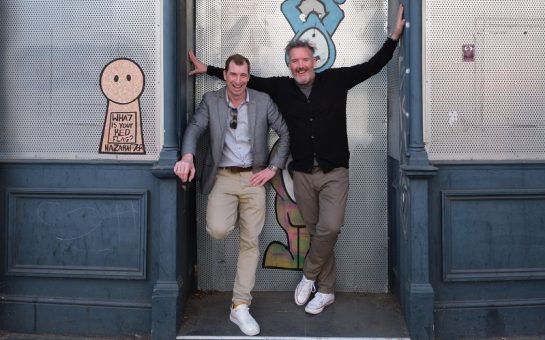The number of young people seeking access to mental health services in London has soared over the past three years, new data suggests.
More young people are on waiting lists for Children and Adolescent Mental Health Services (CAMHS) in April 2023 compared to April 2020, according to data obtained via FOI requests to eight NHS Trusts.
Numbers from South West London and St George’s Mental Health Trust (SWLSTG) and Central and North West London NHS Foundation Trust (CNWL) were particularly stark.
For instance, numbers waiting for treatment at SWLSTG increased over five-fold from 423 at the end of April 2020 to 2440 three years later.
Meanwhile, the average number of people waiting for access at CNWL increased almost 3.5 times from 379 in April 2020 to 1320 in April 2023.
Charities say this exemplifies an increasing demand for services and a lack of resources, with potentially serious consequences for young people and their families.
Chris Martin, CEO of digital youth charity, The Mix said: “When a young person is struggling with things, it’s not just misery for them.
“It’s also misery for their families.”
Need versus resource
Lengthy waiting lists have been exacerbated by more young people presenting with mental health issues after COVID-19.
For example, rates of “probable mental disorder” amongst people aged 17-19 increased from 1 in 10 in 2017 to 1 in 4 in 2022.
Dr Nihara Krause, consultant clinical psychologist and CEO of teenage mental health charity stem4, said: “There’s a real need versus resource problem which means that waiting lists, which were long anyway, have got even longer and that has a very, very big impact on young people.”
Youth club funding and youth provision have declined, depriving young people of important lifelines, Martin said. Economic and environmental pressures are also mounting.
Martin said: “We’re actually in a pretty sort of depressed state at the moment, a lot of world conflicts going on, the overarching sort of existential fear of environmental collapse and all of those things also prey on young people’s minds.”
Life-threatening consequences
Longer waiting lists risk deadly ramifications.
Over 1 in 4 young people attempting suicide while on them.
Increasing hospital waiting lists put more pressure on schools who cannot provide specialist services, Krause said. Young people may also find it harder to attend school, impacting their education and career prospects.
Many seek advice online, which can help, however there’s lots of misleading information out there, Krause said.
“No cavalry coming over the mountain”
Martin argues that there is no quick fix, but that services needed more money for young people’s mental health services.
They also need support to engage young people earlier, so that challenges in their lives don’t become crises.
He said: “There’s no cavalry coming over the mountain and the government has not really committed to increased spending in this area in any meaningful way.”
Krause added that we shouldn’t malign the work NHS services do, but channel more support toward staff for training, pay and retention.
She said: “I think it’s a mixture of education, more intervention, more resources and also listening to young people and asking them how they most want to access services, rather than offering something that perhaps potentially might not necessarily work for them.”
A spokesperson for SWLSTG said: “Following a fall in the number of young people waiting for support in the year to 2020, our services have since experienced significant increases in demand following the Covid-19 pandemic.
“Alongside this, national waiting time issues around treatment for neurodevelopmental disorders like ADHD are also impacting our services, representing around half of the children and young people waiting for support in South West London.
“We are working hard to address this in a number of ways, strategically, within our services through new investment to increase staffing capacity, and through our networks with local schools and partner agencies.”
A spokesperson for CNWL also said: “We’re seeing more young people in need of mental health support in our services; partly due to the pandemic but also due to increased awareness of the support available to them.
“This has been supported by additional investment and increasing capacity across the range of services we offer.”
The Department of Health and Social Care has previously told The Guardian it was investing an extra £2.3bn a year into NHS mental health services.
A spokesperson said: “This funding will also help expand the number of mental health support teams in schools to reach at least 50% of pupils in England by the end of March 2025.”
Featured image credit: Eric Ward via Unsplash.com





